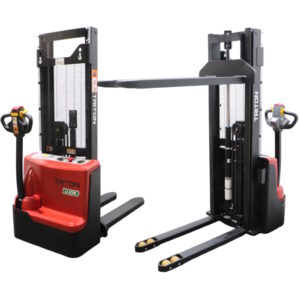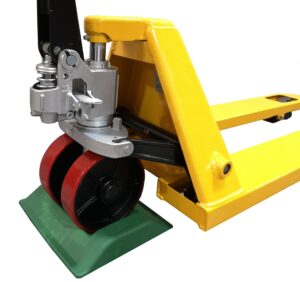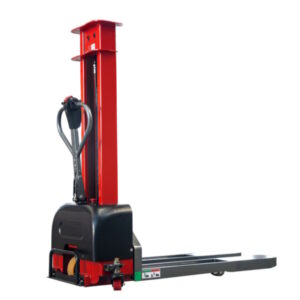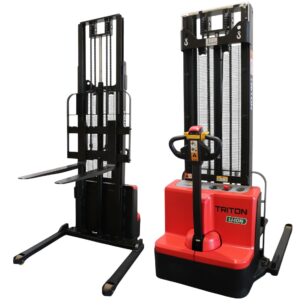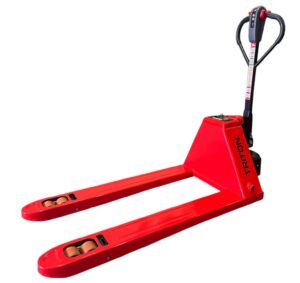Thinking about the future of the warehousing industry and how it will change in the next 10 to 15 years is an enticing prospect, and it doesn’t need to be fraught with worry about how current staff roles and equipment will be affected.
Advancements in automation, robotics and use of big data will all play a part in helping staff and companies alike ease supply chain challenges and meet processing targets.
Listed below are four ways we believe the future of warehousing will change for the better:
1) The rise of the sharing economy
Disruptive apps that have successfully broken the mould of decades old industries, such as Uber with taxi firms and Airbnb in the travel industry, are now arriving in the warehouse sector.
Several US startups have built apps and cloud platforms that aim to transform the movement of goods from both sides of the market, including the seamless buying and selling of spare warehouse capacity for clients to rent over specific timescales.
This means that companies won’t need to worry about paying for vast amounts of unused warehouse capacity, especially during times when the economy is unstable.
2) Bridging the gap between manufacturing and distribution
Traditional separation of the factory floor from the warehouse naturally causes delay between production, goods management, and subsequent consumer delivery.
In future, companies will look to speed the process up by integrating the production and distribution cycles more closely together. This could involve the use of ‘co-bots’. These would be programmable robots that work alongside, rather than instead of pallet machinery and humans.
Rapid fulfilment for warehousing flexibility could also involve 3D printing, which would be capable of producing a made-to-order product for any customer request that comes in.
3) Constant data gathering and interconnectivity
The use of data to inform decision making and even make workplaces more compliant where health and safety is concerned is now widespread across a range of industries, with warehousing soon to adopt its benefits.
Technology backed by data tends to make each aspect of a business more transparent, so it becomes immediately clear where the pain points are, and which solutions are required.
It is believed that blockchain could hold the key for greater communication and connectivity between manufacturing, warehousing, and distribution phases.
When used with an ecosystem of connected devices, which can include pallet trucks, potentially hazardous situations such as staff walking in front of the truck can be avoided as it reacts to real-time scenarios.
4) Blending people and technology
A digitised warehouse of the future won’t be devoid of humans. In the coming years, we will start to see wearable tech become a regular feature of staff uniforms.
These are devices with small computer processors inside them and can be easily strapped to parts of the body such as the wrist or head.
The benefit of this technology in warehouses will be the ability to use augmented reality and voice0enabled devices to achieve more effective interaction between existing data-led systems such as stock checking.
As with the aforementioned blockchain technology, wearables will assist staff and machinery with an increased flow of information and provide greater visibility of what’s happening around them.


